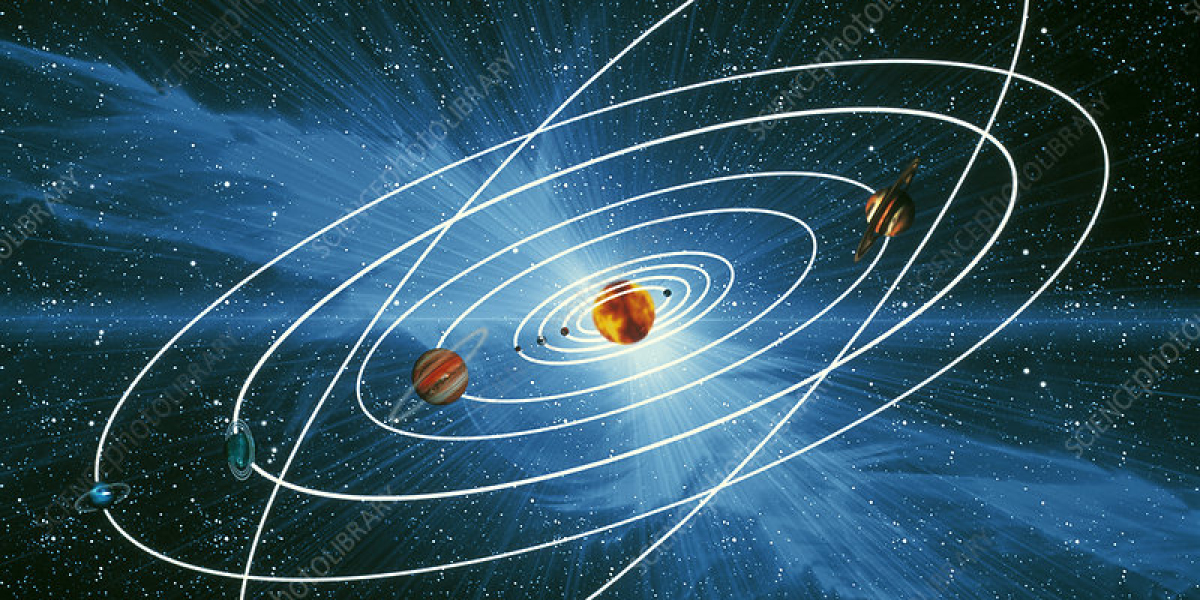Scholars who engage in the interpretation of Quranic cosmology often address the argument that the Quranic description of celestial orbits reflects the scientific knowledge of the time. They offer various perspectives to provide a broader understanding of the issue. Here are a few ways scholars respond to this argument:
1. Divine Revelation: One perspective held by scholars is that the Quran is seen as a divine revelation that transcends the limitations of time and human knowledge. They argue that the Quran contains timeless truths and insights that are not bound by the scientific understanding of any particular era. From this standpoint, they contend that the Quranic description of celestial orbits goes beyond the scientific knowledge available at the time of its revelation.
2. Multilayered Meaning: Scholars acknowledge that the Quranic text is rich in symbolism and multiple layers of meaning. They argue that while the verses may be interpreted in light of the scientific knowledge of the time, they also possess deeper spiritual and metaphysical dimensions. According to this view, the Quranic description of celestial orbits transcends mere scientific explanations and encompasses broader theological and philosophical concepts.
3. Universality and Generalization: Another perspective asserts that the Quranic description of celestial orbits is intentionally general and universal, accommodating different scientific interpretations over time. Scholars argue that the Quran's language allows for flexibility, enabling it to accommodate future scientific discoveries and advancements without contradicting its core message. They argue that the Quranic verses on celestial orbits can be seen as a reflection of the broader cosmic order and the precision inherent in the universe, irrespective of specific scientific details.
It is important to note that these responses represent different scholarly perspectives and do not encompass the entirety of the diverse views held by scholars. The interpretation of religious texts, including the Quran, is a complex and ongoing process that involves careful study, reflection, and dialogue within the scholarly community.
Indeed, the perspective that the Quran is considered a divine revelation that transcends the limitations of time and human knowledge is a significant viewpoint held by many scholars. From this standpoint, the Quran is believed to contain profound truths and insights that surpass the scientific understanding of any particular era.
Proponents of this perspective argue that the Quranic description of celestial orbits should not be confined to the scientific knowledge available at the time of its revelation. Instead, they maintain that it encompasses deeper meanings that go beyond the scientific explanations of that specific era. They view the Quran as a timeless source of wisdom that offers guidance and knowledge that is not restricted to any particular historical context.
According to this perspective, the Quran's description of celestial orbits is seen as a divine revelation of cosmic truths rather than a reflection of the scientific knowledge prevalent at the time. It is believed to provide a profound understanding of the order and harmony present in the universe, emphasizing the grandeur and precision of the celestial spheres.
It is important to note that this perspective is rooted in faith and the belief in the divine nature of the Quran. It highlights the view that the Quranic teachings surpass the limitations of human knowledge and provide a deeper understanding of the cosmos and our place within it. Scholars who hold this perspective seek to explore the spiritual and metaphysical dimensions of the Quran while acknowledging the ever-evolving nature of scientific knowledge.
Scholars who recognize the multilayered meaning of the Quranic text often emphasize the richness of symbolism and the existence of deeper spiritual and metaphysical dimensions within its verses. They believe that while the Quranic description of celestial orbits can be understood in light of the scientific knowledge of the time, it also encompasses broader theological and philosophical concepts.
According to this perspective, the Quranic verses on celestial orbits are not limited to providing a scientific explanation alone. Instead, they are seen as conveying profound spiritual and metaphysical truths. These verses are understood to highlight the order, balance, and harmony inherent in the cosmic realm, reflecting the grand design and purpose behind creation.
Scholars who hold this view delve into the symbolic and allegorical aspects of the Quranic description. They explore the significance of celestial orbits as a metaphor for the divine guidance and the cyclical nature of life. They interpret the orbits as representing the continuous journey and evolution of the soul, seeking closeness to the Divine.
In this understanding, the Quranic description of celestial orbits transcends mere scientific explanations by pointing towards deeper theological and philosophical insights. It invites believers to reflect on the profound nature of the universe and their own existence, fostering a holistic understanding of the relationship between the physical and the spiritual realms.
It is important to note that this perspective acknowledges the metaphorical and symbolic nature of the Quranic text, allowing for a multifaceted interpretation that goes beyond the confines of scientific knowledge. It seeks to uncover the layers of meaning within the verses, inspiring spiritual contemplation and a deeper appreciation of the Quran's message.
Indeed, the perspective that the Quranic description of celestial orbits is intentionally general and universal is a viewpoint held by scholars. According to this perspective, the Quran's language allows for flexibility and accommodation of different scientific interpretations over time.
Scholars who advocate for this perspective argue that the Quranic verses on celestial orbits are not meant to provide specific scientific details, but rather to convey a broader understanding of the cosmic order and the precision inherent in the universe. They maintain that the Quranic description of celestial orbits reflects the harmony and balance present in the cosmos, emphasizing the divine design and purpose behind creation.
From this standpoint, the Quran is seen as a timeless and universal book that transcends the limitations of any specific era's scientific knowledge. It is believed to contain overarching principles and truths that can be applied to different scientific understandings and discoveries throughout history.
Scholars who hold this view argue that the Quran's ability to accommodate future scientific advancements without contradicting its core message is a testament to its divine origin and wisdom. They emphasize the universality of the Quranic teachings, which are believed to provide guidance and insight into the broader cosmic realities that go beyond specific scientific details.
It is important to note that this perspective acknowledges the capacity of the Quranic text to resonate with different scientific understandings and allows for a harmonious relationship between faith and scientific progress. It emphasizes the Quran's relevance across time and its ability to inspire contemplation and reflection on the profound nature of the universe.








